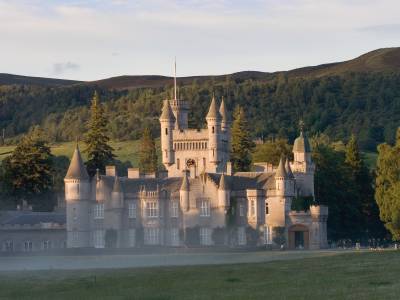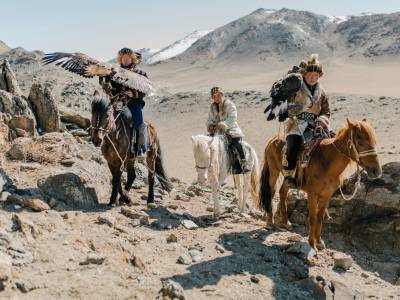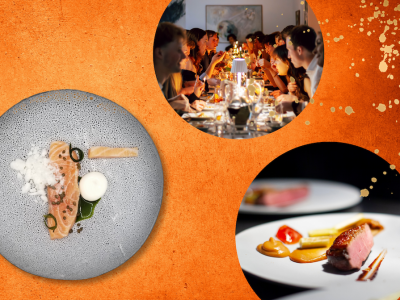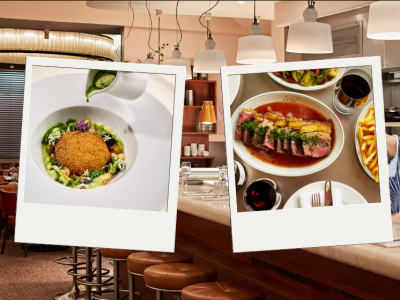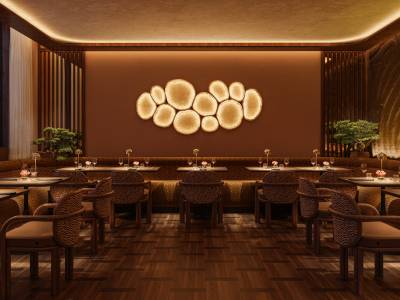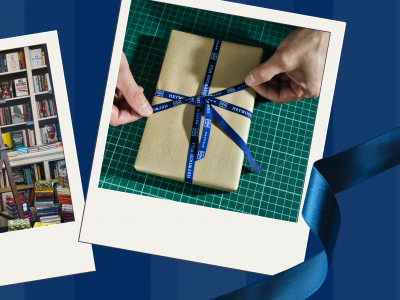It’s a drizzly afternoon in rural Aberdeenshire in July 2024 and I’m taking shelter in a small marquee adjacent to the porte-cochère of Balmoral Castle. Only a week earlier the doors of the Royal Family’s Highland hideaway were thrown open to the public for the first time for a limited number (40 people per day, from 1 July to 4 August) of guided tours of the castle’s ground-floor rooms. Until now, Balmoral’s interior has only been seen occasionally in photographs. When the tickets went on sale three months earlier – at £100 per person or £150 with afternoon tea in the new restaurant – they sold out within 24 hours. I’m one of only 10 people in the 2.30pm group, and at the allotted time our guides usher us into the entrance hall, its pine-panelled walls decorated with stags’ heads.
A Royal Tour of Balmoral Castle
2nd July 2025
As Balmoral Castle opens to the public for its second season, Joe Little takes us on a tour of the Royal Family’s Scottish retreat in this feature from The Illustrated Royalty in Britain
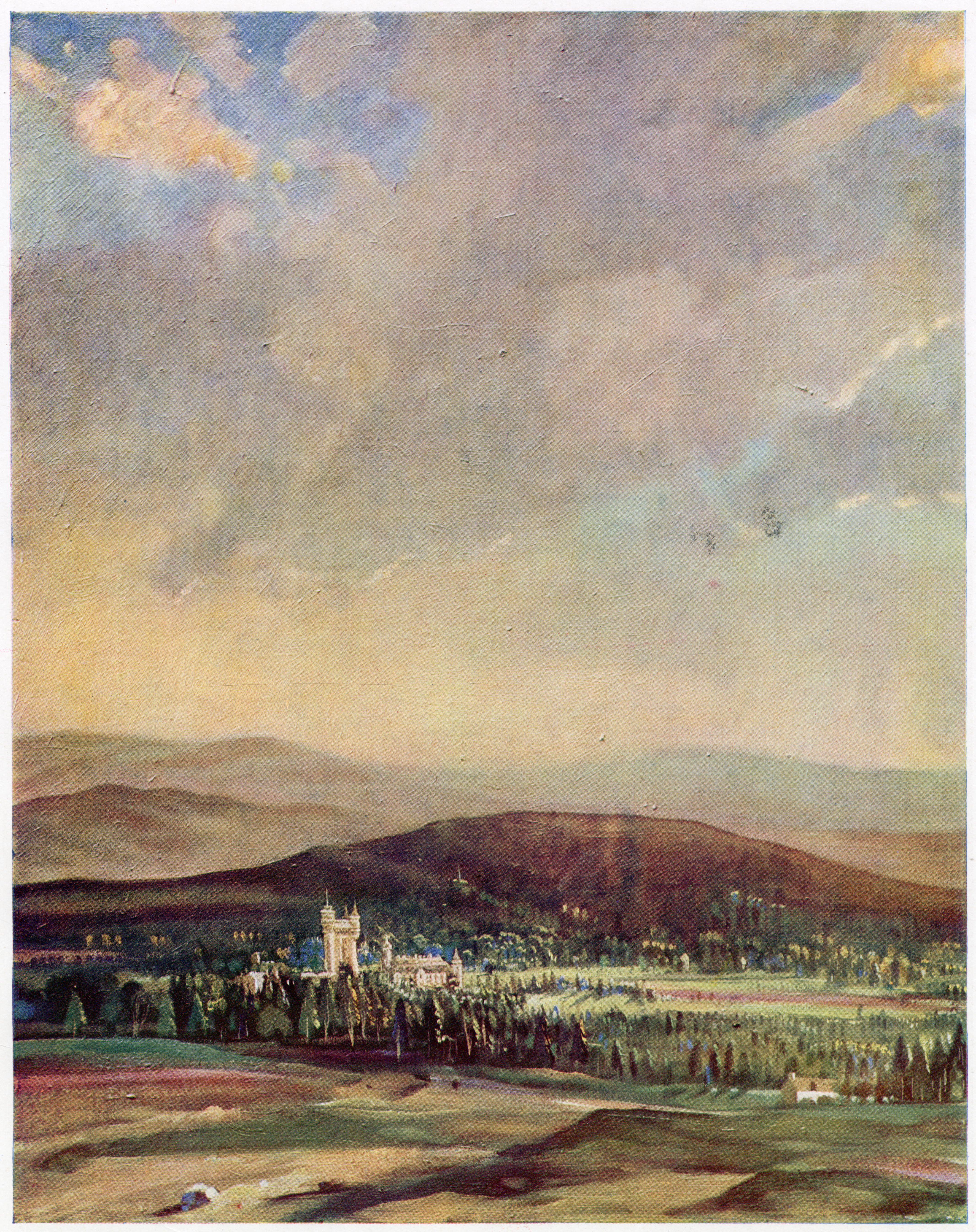
A statue of Malcolm Canmore, the 11th-century king said to have slain Macbeth, stands in one corner while elsewhere a bust of Queen Victoria surveys all before her. Would she have been amused by the presence of strangers in her much-loved home – her “dear paradise in the Highlands”? Unlikely. But it’s still a cherished home today, as evidenced by the walking sticks, waders and row of fishing rods waiting to be used by members of the Royal Family and their guests on the fast-flowing river behind the castle. “I am never so happy as when I am fishing the pools of the Dee,” King George V once said.
In 1852, after leasing the estate (of now 50,000 acres) for four years, Prince Albert bought it for Queen Victoria for £32,000 and they set about building a Scots baronial castle of local Invergelder granite, the foundation stone of which is near the entrance. It was completed in 1856, just five years before The Prince Consort’s untimely death. A stone on the front lawn marks the position of the front door of the original castle that proved too small for a brood of nine children.
Our introduction and scene-setting complete, and with plastic covers on our shoes, we move forward into the long red corridor, yet it seems as if we are stepping back to the mid-19th century as we enter the inner sanctum. More stags’ heads and Landseer paintings aplenty. A life-size statue of a kilted Prince Consort stands on a plinth in the stairwell; in widowhood Victoria took great comfort when a member of staff rotated the statue as she ascended the sweeping staircase as if her husband really was watching.
The flock VRI (Victoria Regina et Imperatrix) wallpaper, commissioned by the monarch from William Morris in the year of her Golden Jubilee, 1887, is in remarkable condition, no doubt because the castle is unoccupied for 10 months of each year and there is still a supply of spare rolls. Picnic rugs await collection nearby.
At the end of the corridor, large portraits of Victoria and Albert dominate the main dining room, with its extendable mahogany table surrounded by sturdy chairs covered in polished red leather and large windows adorned by striking Royal Stewart tartan curtains. Prime ministers, presidents and distinguished visitors – among them Tsar Nicholas II of Russia and his wife Alexandra, a granddaughter of Queen Victoria – have been entertained here in great style in the almost 175 years it has been in use.
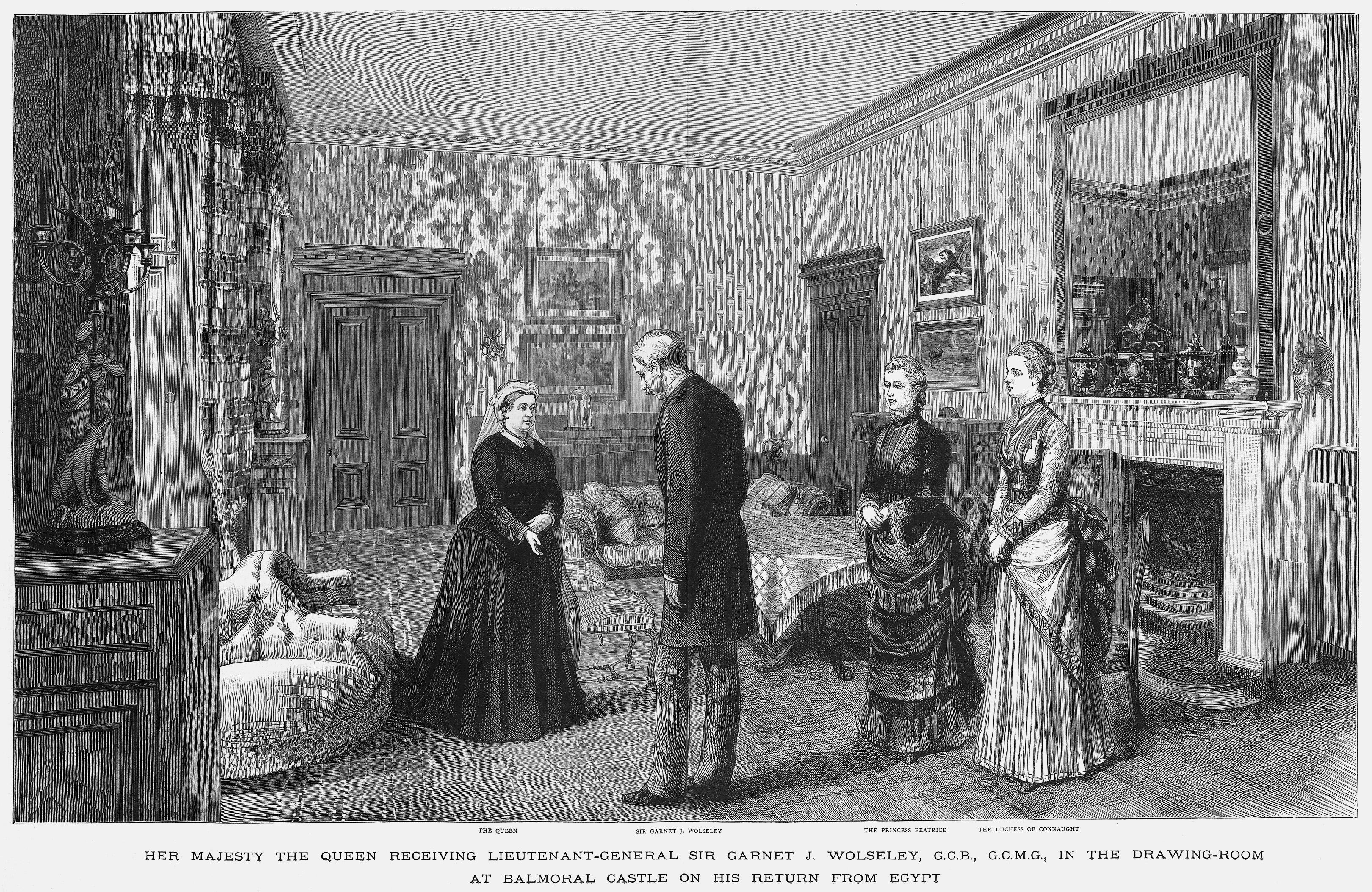
We approach the family dining room – once the billiard room but now used for breakfast and afternoon tea – through the page’s lobby and interconnecting doors. Though less grand and more functional as a room, display cases provide tantalising glimpses of life at the castle in earlier reigns. Edward VII, not a huge fan of rainy Scotland, inherited the property when his mother died in 1901 and since then it has passed from monarch to monarch.
King George VI, however, had to purchase it (and Sandringham in Norfolk) from his brother Edward VIII when he abdicated in 1936. The drawing room is undoubtedly the room with which we are most familiar. It was here that Queen Elizabeth II, standing in front of a roaring fire, was photographed two days before her death in September 2022 receiving Liz Truss, the 15th British prime minister of her 70-year reign.
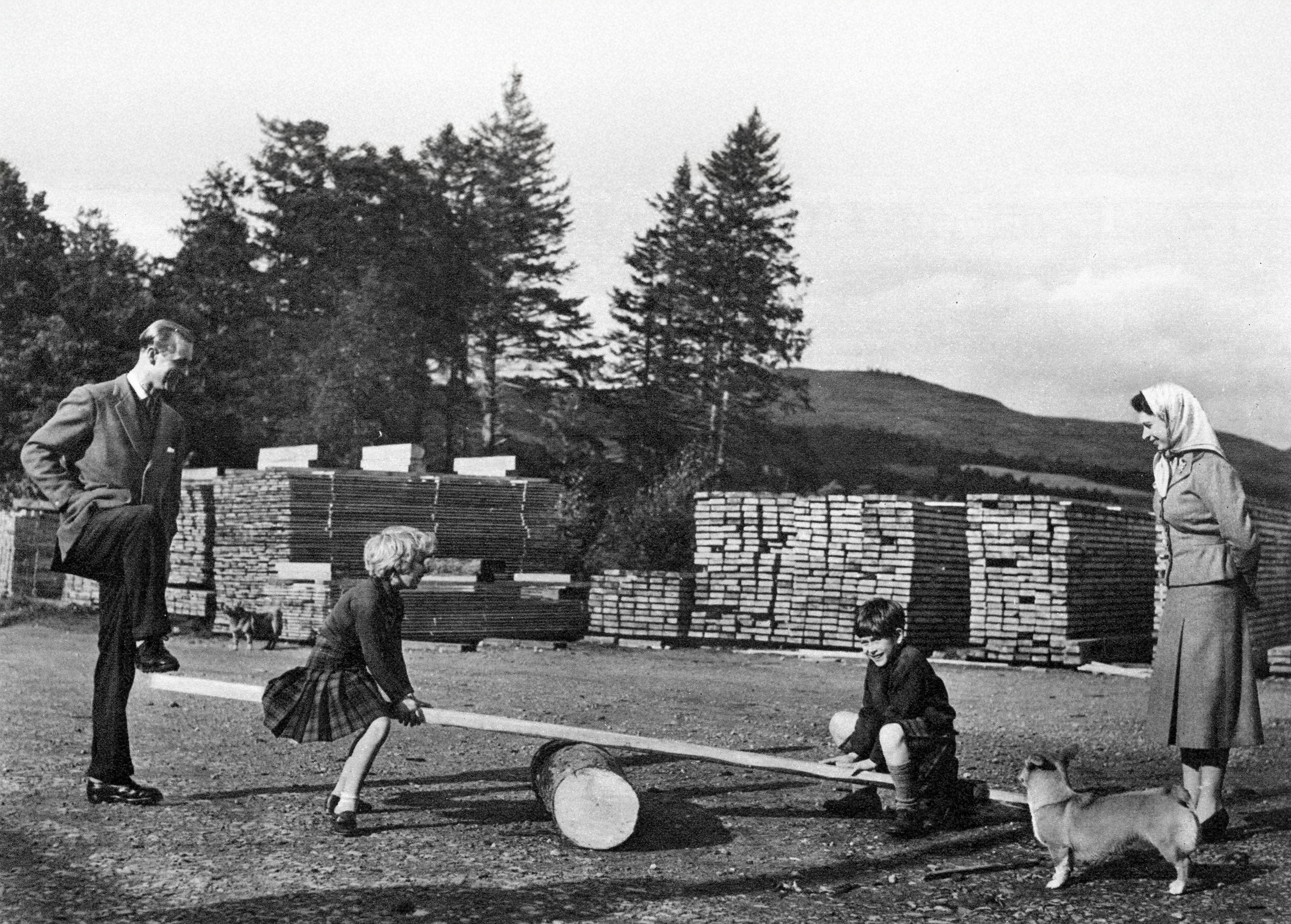
Since then His Majesty The King has made a number of cosmetic changes to this (and other) rooms: lamps and furniture have been repositioned and pictures rehung, while new soft furnishings – some clashing – and a Hunting Stewart tartan carpet hark back to Queen Victoria’s day.
Our hour-long tour comes to an end in the library, which once served as Queen Victoria’s breakfast and lunch room. The King is said to use it as a study, although he is known to favour the more intimate feel of Birkhall, the former residence of Queen Elizabeth The Queen Mother, also on the estate. His late mother’s desk, with a view of the sunken garden and across to the Cairngorms, was near the window of her sitting room on the first floor, which, not surprisingly, remains out of bounds to non-royal visitors.
An exclusive tour ticket is not required to visit the ballroom at Balmoral, venue for the annual ghillies’ ball and, poignantly, where The Queen’s coffin rested for three days to allow family and estate staff to pay their respects before Her Majesty left the castle for the final time. Queen Elizabeth II’s love of the Balmoral estate was well documented.
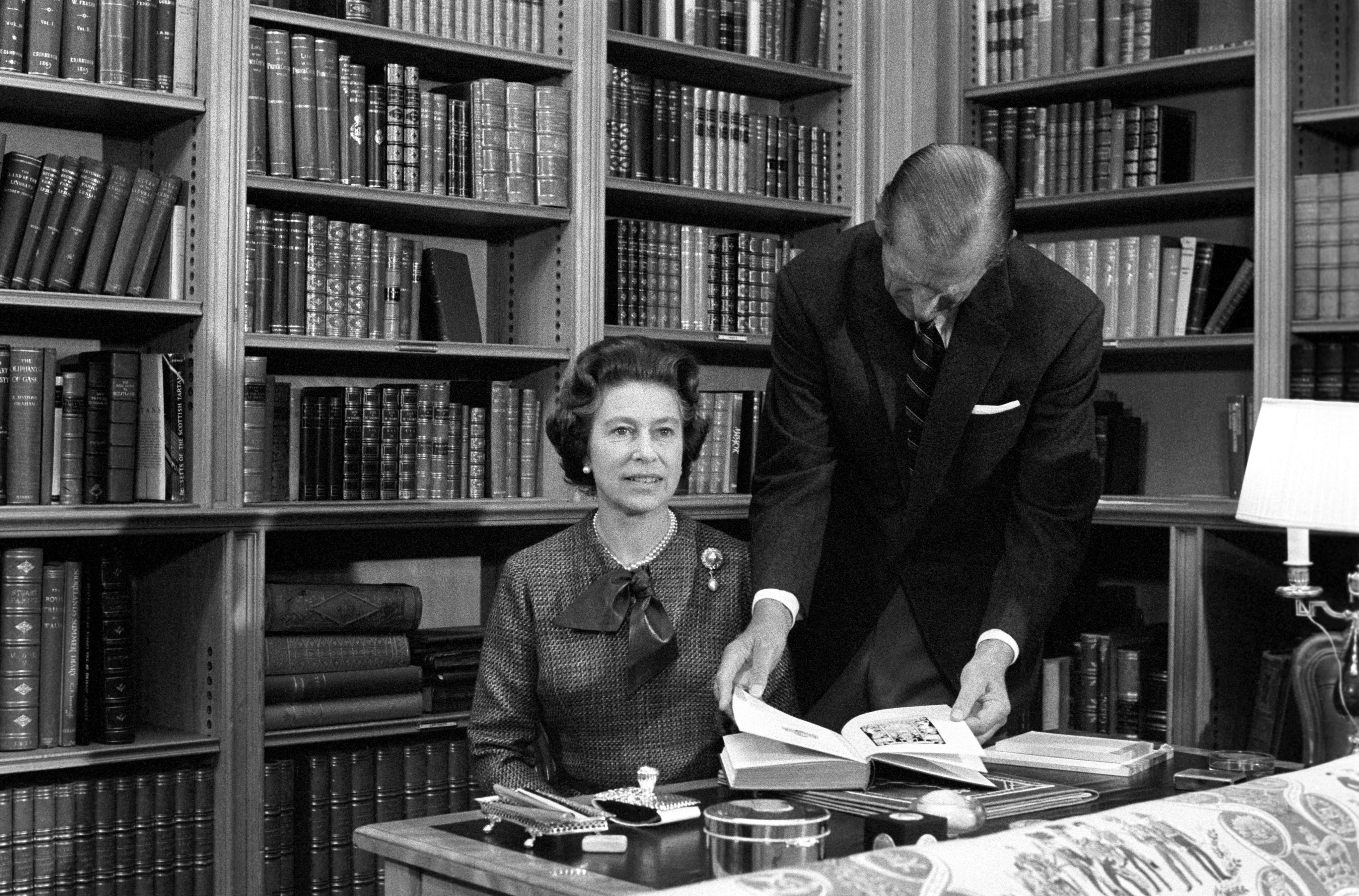
“You can go out for miles and never see anybody; there are endless possibilities,” she once observed. Apart from her summer sojourn, The Queen would also spend time on the estate during the tourist season, staying at Craigowan Lodge, a relatively small house by royal standards, with seven bedrooms. Tucked away on higher ground looking over the golf course and beyond to Crathie Kirk, it remains popular with members of the Royal Family as overflow accommodation when the castle, a mile or so distant, is full.
A Royal Highland Retreat
Her Majesty knew Balmoral Castle from childhood, when she would pay summer visits to her grandparents, King George V and Queen Mary. Elizabeth and her younger sister Margaret “looked forward to it all year round”, their governess Marion Crawford wrote in her book, The Little Princesses. “It tended to be the chief landmark in their calendar. At night, after dinner, seven pipers in their kilts and sporrans would walk playing through the hall and the dining room … Lilibet and Margaret loved this nightly ceremony and were usually waiting to peep over the stairs at the seven stalwart pipers going by.”

Following their wedding in November 1947, Princess Elizabeth and The Duke of Edinburgh spent part of their honeymoon at Birkhall. “It’s heaven up here,” she wrote to her mother. “Philip is reading full length on the sofa. Susan [the corgi] is stretched out before the fire … and I am busy writing this in one of the armchairs near the fire (you see how important the fire is!).” “I think Granny is the most happy there,” Princess Eugenie said in a documentary to mark The Queen’s 90th birthday in 2016. “I think she really, really loves the Highlands. Walks, picnics, dogs – a lot of dogs, there’s always dogs – and people coming in and out all the time.
“It’s a lovely base for Granny and Grandpa, for us to come and see them up there, where you just have room to breathe and run.” “I’ve been coming to Scotland since I was a small boy,” Prince William recalled. “As I grew up, I saw how my grandmother relishes every minute she spends here. And my father is never happier than when walking among the hills.” Queen Camilla confirmed this more recently, writing about her husband “striding, like a mountain goat, up impossibly steep Highland hills … this is where he finds true peace”.
Balmoral in Bloom
This summer, the exhibition in the ballroom at Balmoral will showcase the history of the castle’s extensive gardens and provide an insight into Charles III’s vision for the future. Early in his reign, The King instigated a number of changes, personally planting saplings and shrubs in new borders on the main lawn and commissioning a thistle maze within the South Gardens which, though it will take several years to mature, is nevertheless recognisable as such.

At the centre of the maze sits a “doocot” – Scots for dovecot – with a cedar roof and thistle finial. Queen Mary’s Garden, devised in 1923-1925 and restructured by her great-grandson, now benefits from an alpine terrace, newly monogrammed gates and a beech hedge to provide structure to the area.
The kitchen gardens supply a mixture of vegetables, herbs, fruit and cut flowers for the Royal Family while in residence and for the restaurant. Produce is sold to visitors and the local community throughout the season. The Balmoral Knot Garden, designed by a team from the King’s Foundation School of Traditional Arts, is taking shape on the ballroom lawn. With an intricate interlace of Celtic art, when mature it is intended to pay homage to the ancient heritage of the British Isles.
Discover more about Balmoral Castle and book your visit via balmoralcastle.com
